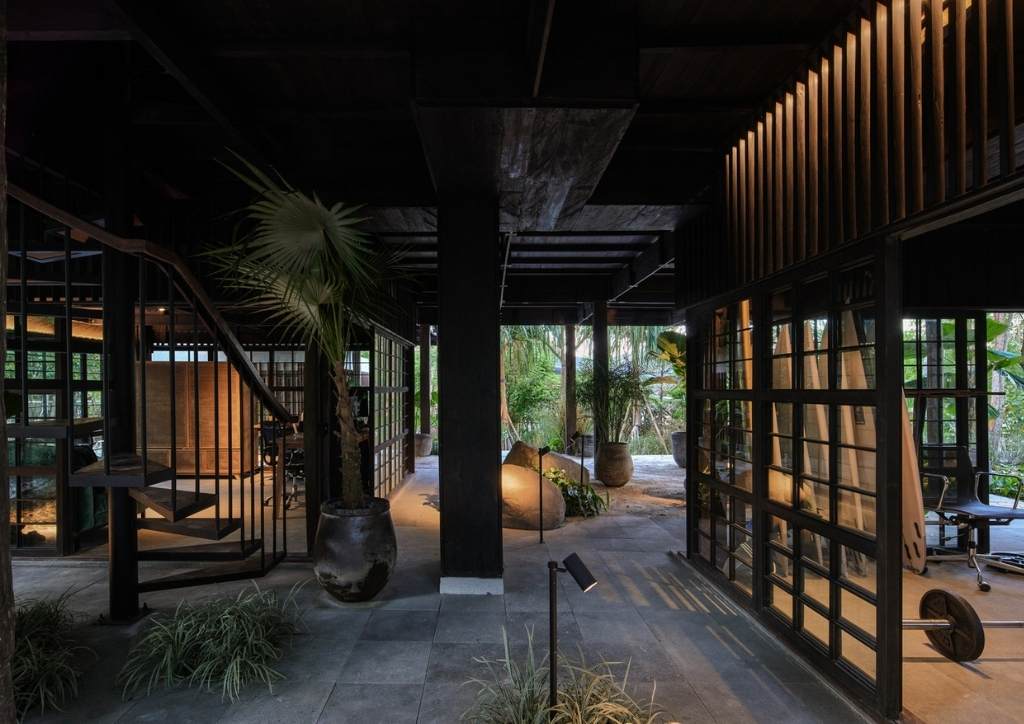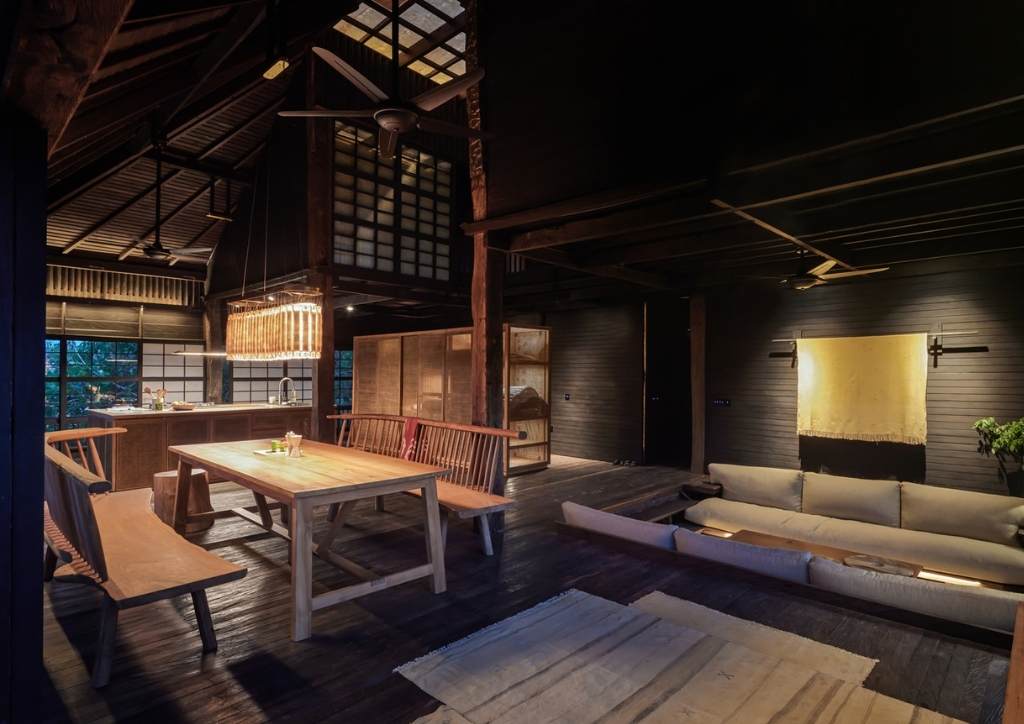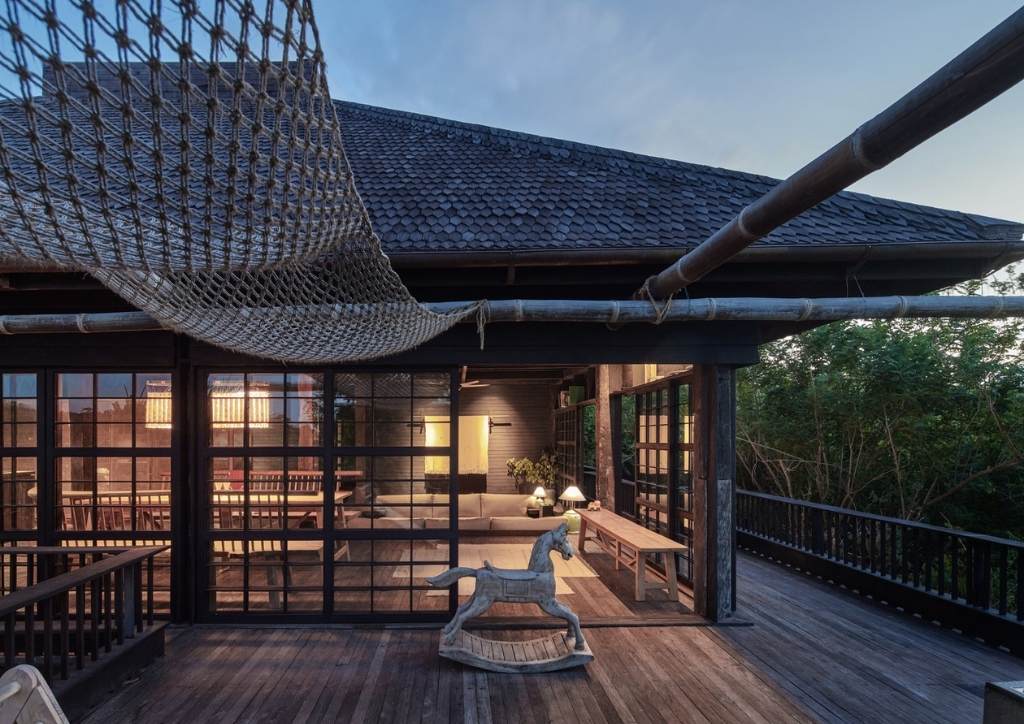
How Reused Materials Empower Sustainable Building and Design
In their continuous pursuit of sustainable building and design, designers constantly innovate to make structures more environmentally friendly. A key strategy involves reclaiming materials from past buildings and reusing them in new projects.
This approach of repurposing is a cornerstone of sustainable design. It conserves resources by avoiding the need to manufacture new ones. It saves time and lowers costs, all while reducing the construction’s impact. Using reclaimed materials can reduce the environmental footprint of new construction by up to 30%, underscoring the substantial benefits of this sustainable building method.
Transforming Recovered Wood
Trees play a crucial role in balancing our ecosystems. However, sourcing wood presents challenges, as it takes years for trees to mature – typically between 20 to 30 years for commercially valuable species. Furthermore, wood is susceptible to rot and decay over time, compromising its integrity. The processes of farming and treating wood also add to the difficulty in obtaining it consistently.



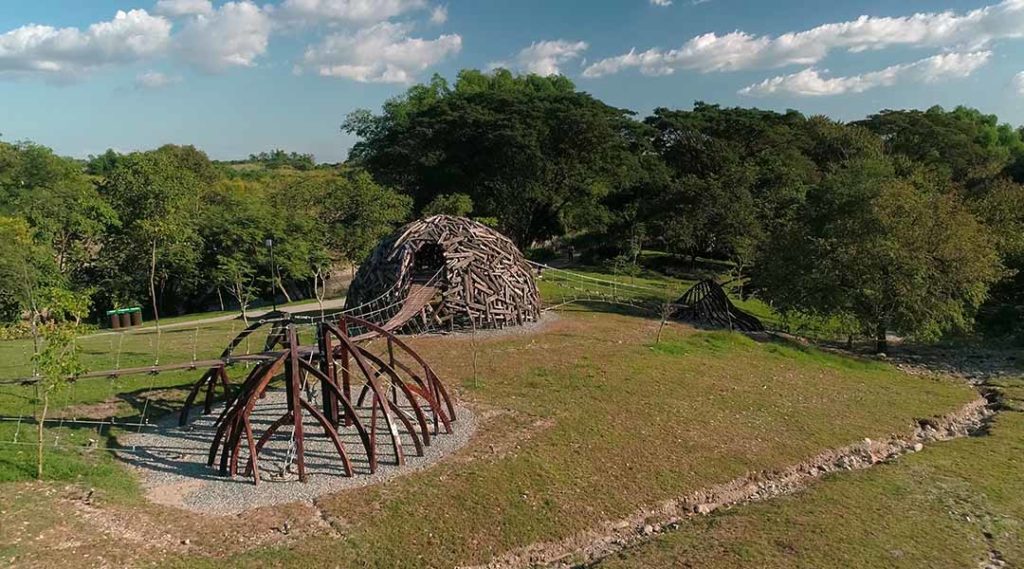
The Domes village is a prime example that uses reclaimed endemic Philippine hardwoods. Builders sourced for Molave, Guijo, and Yakal wood from demolished houses in the nearby regions. From there, the team then repurposed the recovered wood to build a new playground at River Park in New Clark City.
To make this feasible, the Forest Products Research Development Institute tested each piece for stability and quality. This use of reclaimed wood is a common practice for sustainable building and design.
https://bluprint-onemega.com/domes-village-summum-engineering/
The Barn: A Case Study for Sustainable Building and Design
“The Barn,” a rustic wooden house in South Kuta, Bali, Indonesia, is a prime example of sustainable architecture in Southeast Asia. Designed by Munich-born, Bali-based architect Alexis Dornier, the house showcases a blend of tropical modernism and industrial architecture. Its primary sustainable feature is the use of ethically sourced reclaimed timber (Kaltimber) for major components, including 16 bent columns originally from a road crossing in Kalimantan, Borneo. The 3-level house demonstrates exceptional timber craftsmanship, with recycled materials forming the stairs, walls, doors, windows, and balconies.
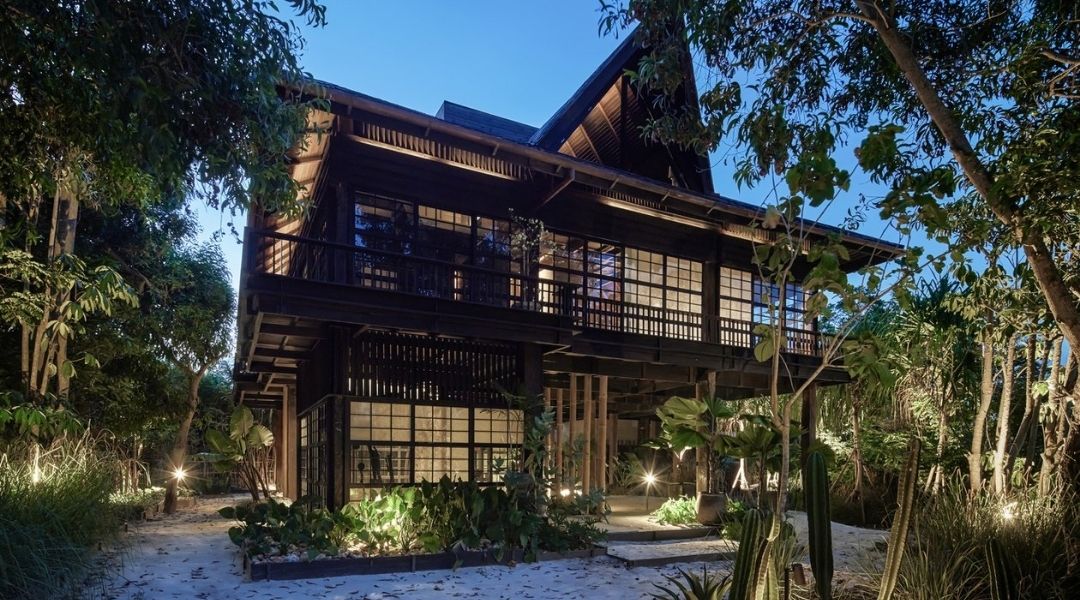
The design also includes ironwood plank partition walls and a transparent perimeter that harmonizes interior and exterior views of the property. Locally made banana fiber paper partly covers the window partitions, complementing the pendant lamps made from the same material. The furniture, made from recycled teak wood and rattan mesh, contrasts with the dark gray surfaces, highlighting a central skylight and a mezzanine floor housing the master bedroom, upper bathroom, and walk-in closet.
Reforming Stone Towards Longevity
Ancient structures, primarily built from quarried stone, showcase its resilience as a building material. Stone, often used in its near-original form, requires minimal processing for use and reuse. However, despite its durability, stone is a costly and non-renewable resource. In comparison, alternatives like brick offer a more sustainable choice. For instance, stone extraction contributes to 30% higher environmental impact than brick production, emphasizing the need for more sustainable options in construction.
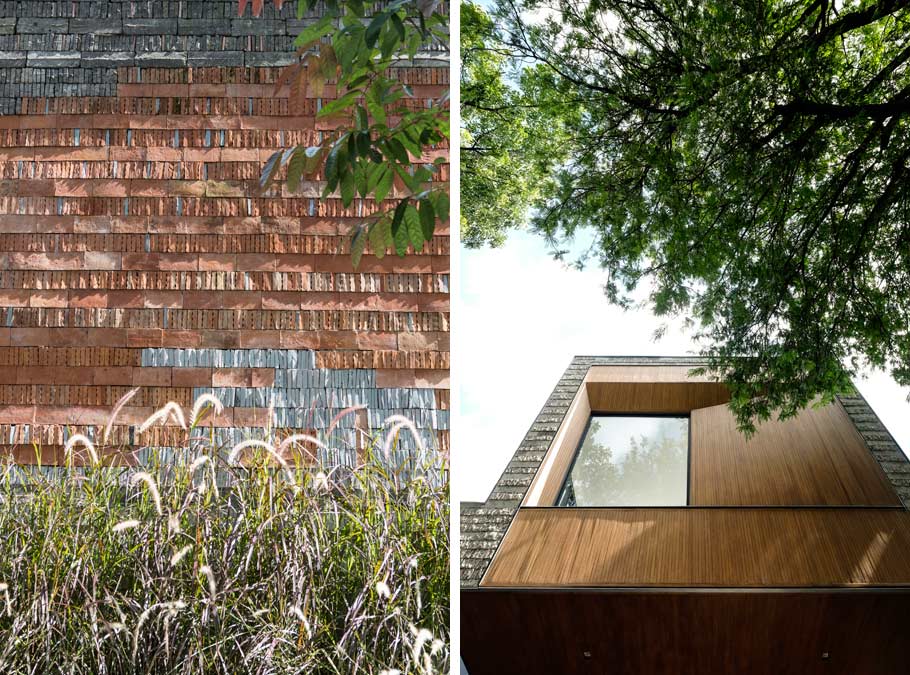
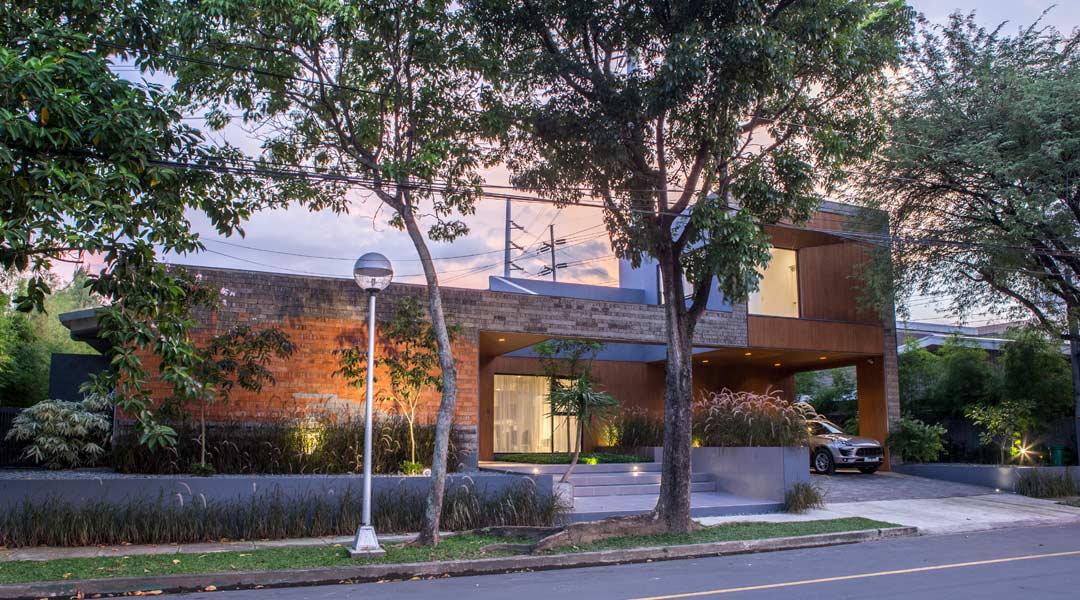
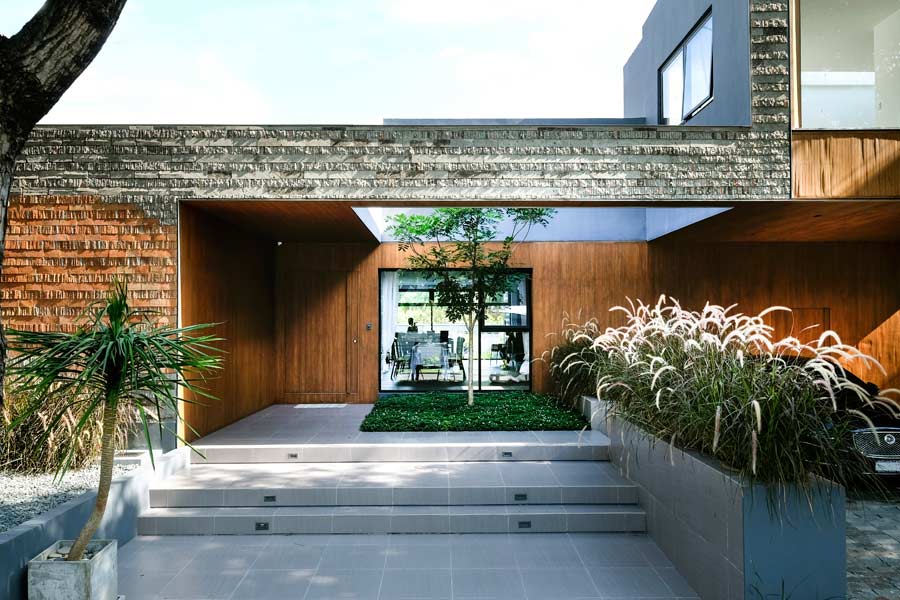
LINO Architecture’s Bungalow House renovation takes the previously used stone and transforms it into a defining feature. The facade features a scrupulous arrangement of previously used adobe, araal, and marble. What makes this design decision stand out is its resilience to varying climate conditions. This approach maintains the house’s appearance as it ages over the years, adding an element of future-proofing.
Elegant Designs Through Reforged Metal
Metal, often used for reinforcing structural components and utilities, stands out for its ease of maintenance and infinite recyclability. However, producing metal is resource-intensive, as it’s also a non-renewable natural resource. Reclaiming metal from past demolition projects offers a cost-effective alternative, requiring only a fraction of the resources needed for new production. Importantly, recycling metal preserves its original properties. Recycled steel, for example, saves 60% to 74% energy compared to producing it from raw materials.
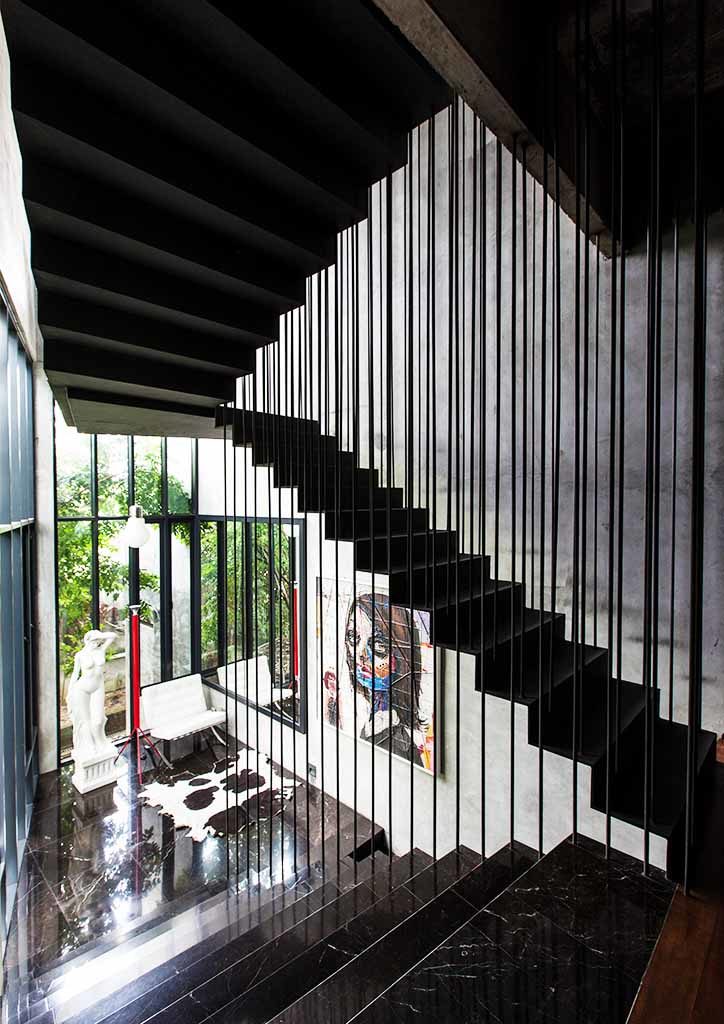
The staircase in the SL11 house showcases how to beautifully incorporate reclaimed metal into design. It takes advantage of the tensile strength of reclaimed steel. The strength of the material can reduce the amount of material needed for construction, as proven by its floating design.
https://bluprint-onemega.com/tan-loke-mun-s-11-house/
Reclaiming materials actively advances sustainable building and design, making progress environmentally friendly. By incorporating old materials into new structures, we create unique stories that these buildings can tell.
